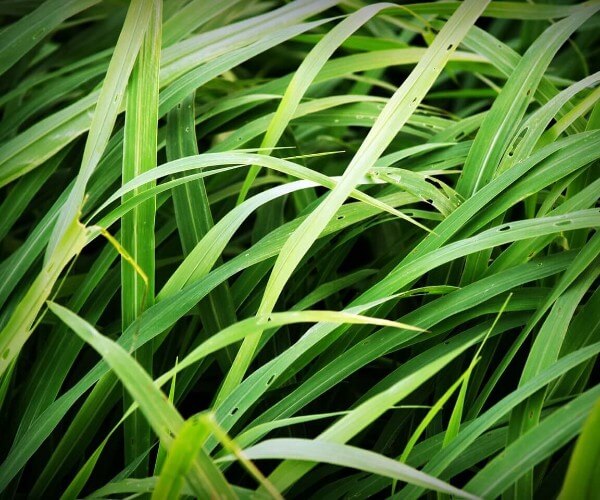
February 23, 2018 Product Spotlight
When it comes to turf rolls, it’s not just a case of natural or artificial; there are actually several different types of turf that we offer to our customers. Depending on what it is you are exactly looking for, and the environment you are looking to put it on will make a difference in the type of turf you should be buying, and it can be confusing. We have explored the different types of natural turf available from George Davies below, and pinpointed exactly what their strengths are so that you can make an informed decision:
Trident Turf – Trident is definitely our most popular ‘all-rounder’. Wickedly versatile and a fantastic product all around, Trident turf can be used for both domestic lawns and golf tees, as well as amenity landscaping. One reason why Trident is so popular is because it’s easy to root and establish, and the maintenance is not too arduous. It’s also really hard-wearing and is able to grow and thrive in drizzly, cold environments, meaning it can look fresh and bright all year round. Our Trident turf has a strong immunity against disease and can hold a good colour throughout the winter months owing to the mixture of prime perennial ryegrasses in its seed composition. Trident species are mostly grown in the UK meaning that it can establish and thrive in unpredictable and, let’s face it, poor weather conditions.
Wildflower Turf – Wildflower turf can be a really good option if you’re looking to create a good habitat for various wildlife creatures, as well as a beautiful garden. It will allow you to turn a simple garden into a thriving, environmentally sound home for bees, butterflies and small mammals. Wildflower turf is a really easy way to support the environment whilst also creating a fantastic domestic landscape. Using our Wildflower turf is a much easier option than using wildflower seeds as these can be difficult to root and establish, and it can take a long time to really make it establish. Wildflower turf will grow very happily in low-fertile conditions and will continue to flower year after year. It’s fairly low maintenance, with a few cuts being required during summer and simply needing to be kept tidy during the winter months. The UK has seen a great reduction in the amount of wildflower meadows, so the use of Wildflower turf can be a great way to lend a hand to the environment and create a beautiful garden, all at the same time.
Shade Tolerant (ST) Turf – Our ST turf is a great low maintenance option, and solves the problem for grassy areas that are struggling due to being in shaded areas. It has been specially cultivated to thrive in shaded areas, and is grown for a minimum of 18 months before being harvested. It has a high shoot density, giving it good levels of durability, and also has the ability to keep a good colour all year round. It requires less fertiliser than normal, but requires it in a ‘little and often’ kind of pattern. ST turf requires watering very regularly, and it is important to ensure that the water is not entirely consumed by any trees that may be rooted nearby.
Rhizomatous Tall Fesuce (RTF) Turf – Although it hasn’t been around as long as our other types, RTF turf has several advantageous qualities. It has been specially designed to give it the ability to grow and thrive in the harshest conditions. It has a deep rooting capability which means that it can fight drought and waterlogging issues. Once established, RTF is resilient and hard wearing, meaning that it can sustain against a lot of movement. This makes it a great product for walkways or goals on football pitches. It is more expensive than other traditional turf types, but for good reason as it is much stronger and more durable.
Fine Textured Greens Turf – this is a great product, but is only suitable for golf and bowling greens, as well as luxury lawns. This is because of the regular, specialised maintenance that is required. It is grown on natural sands and can be used to create the perfect putting green.
As you can see, we offer a wide variety of natural turfs to suit any and all of your needs. Each of our turfs has their own advantages and disadvantages, all of which need to be considered when making the decision as to which one is right for you. As always, if you have any queries when it comes to choosing turf rolls, please do not hesitate to contact one of our team members who will be able to help you make the right decision.
CALL US NOW ON 01234 818 253